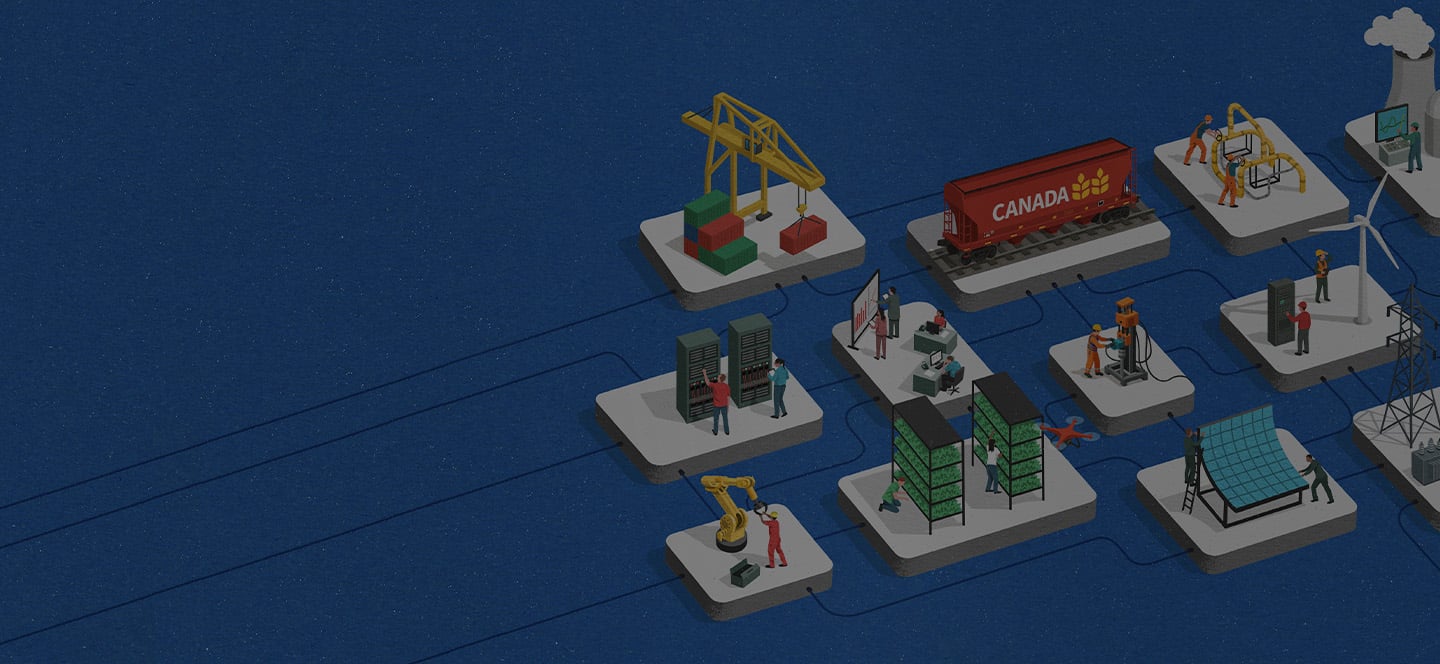On December 11, 2020, the Government of Canada released its plan to accelerate climate action in Canada, titled "A Healthy Environment and a Healthy Economy". The plan contemplates a total of $15 billion in investments implemented through 64 specific measures. Three particularly important components of the plan are enhanced carbon pricing measures, investment in low-carbon and energy-efficient infrastructure, and investment in low and zero-emission vehicles (ZEVs).
Carbon Pricing Measures
Canada's new plan proposes an increasing cost on carbon that will reach $170 per tonne by 2030. To reach that level, the price imposed on carbon will rise from the 2022 rate of $50 per tonne by $15 per tonne each year. As is currently the case under the Greenhouse Gas Pollution Pricing Act, funds collected through the federal carbon pricing regime will be returned to taxpayers in the province of collection. While those payments are currently made on an annual basis, payments will be made on a quarterly basis beginning as early as 2022. The federal government also intends to explore the potential of border carbon adjustments.
Framed as a tradeoff for the increased cost of carbon through 2030, the new plan also limits the scope of the government's proposed Clean Fuel Standard. While the Clean Fuel Standard was originally intended to apply to liquid, gaseous, and solid fossil fuels, it will now apply only to liquid fossil fuels.
Infrastructure Investments
The plan provides for significant investment in energy-efficient homes and buildings, including $1.5 billion over three years towards green community buildings, $2.6 billion over seven years towards home retrofits, and $2 billion towards financing commercial and large-scale building retrofits—which will be repaid by energy savings costs. Further, the federal government intends to collaborate with the provinces to develop and implement a model retrofit code by 2025.
To further the goal of reducing industrial emissions, Canada will invest in projects to decarbonize large emitters, scale-up clean technology, and otherwise accelerate industry transformation across all sectors. This component of the plan contemplates a $3-billion investment over five years in a Net-Zero Accelerator Fund intended to rapidly expedite such projects.
To promote the use and development of clean power, the plan proposes to invest an additional $964 million over four years towards renewable energy and grid modernization projects, $300 million over five years to advance the use of clean and reliable energy in rural, remote, and Indigenous communities, and $25 million towards intertie projects and other activities that would facilitate the use of hydroelectricity across Canada in areas that historically could not access hydroelectric power. Working with the provinces, the federal government intends to achieve net-zero emissions in electricity generation before 2050.
Clean Transportation
A third major component of the plan is investment in ZEVs and low-emission transit following on from mandate letters issued to the federal cabinet earlier this year. This includes investing an additional $287 million to continue the federal government's Incentives for Zero-Emission Vehicles program until March 2022, $150 million over three years towards charging and refueling stations across Canada, and $1.5 billion towards a Low-Carbon and Zero-Emissions Fuels Fund to increase the production of low-carbon fuels. Further, the federal government intends to introduce Canada's Hydrogen Strategy before the end of the year, setting out a plan to integrate hydrogen use across Canada, which efforts are already underway by certain provinces. In addition, the plan contemplates a 100% tax write-off for commercial light, medium, and heavy-duty ZEVs, and a commitment to ensuring that Canada’s light duty and heavy-duty vehicle regulations match the most stringent performance standards in North America after 2025.
In relation to alternative methods of transportation, the federal government will develop a national active transportation strategy to reduce reliance on cars through transportation alternatives. The national strategy will include further investment in public transit, including investment in electrifying public transit systems.
Takeaways
Taken together with the Greenhouse Gas Pollution Pricing Act and the Canadian Net-Zero Emission Accountability Act, the federal government's Healthy Environment and Healthy Economy plan proposes to put Canada in the position of exceeding its 2030 greenhouse-gas-reduction target and to lay the foundation for net-zero emissions by 2050. The federal government's wide-reaching measures will have a significant impact on industry participants and consumers alike.
The Bennett Jones team has experience in all aspects of zero-emission vehicle regulation, infrastructure project development, climate change and emissions trading and developing strategies for industry to capitalize on the impending low-carbon economy. If you have any questions about the potential impact of Canada's Healthy Environment and Healthy Economy plan on your business, contact one of the authors of this post or a member of the firm's Energy, Public Infrastructure Projects or Climate Change groups.
























